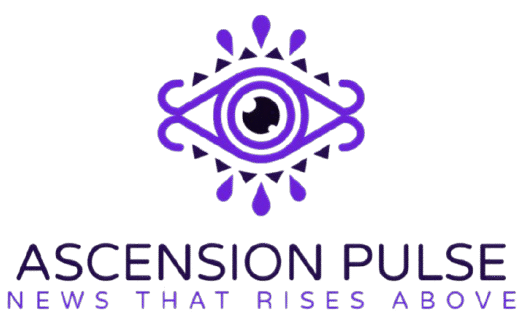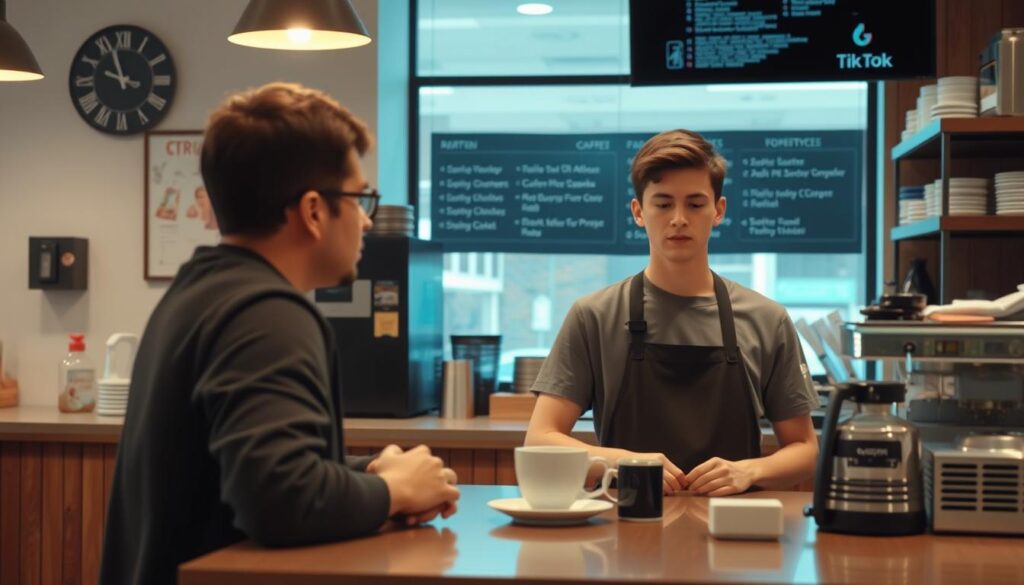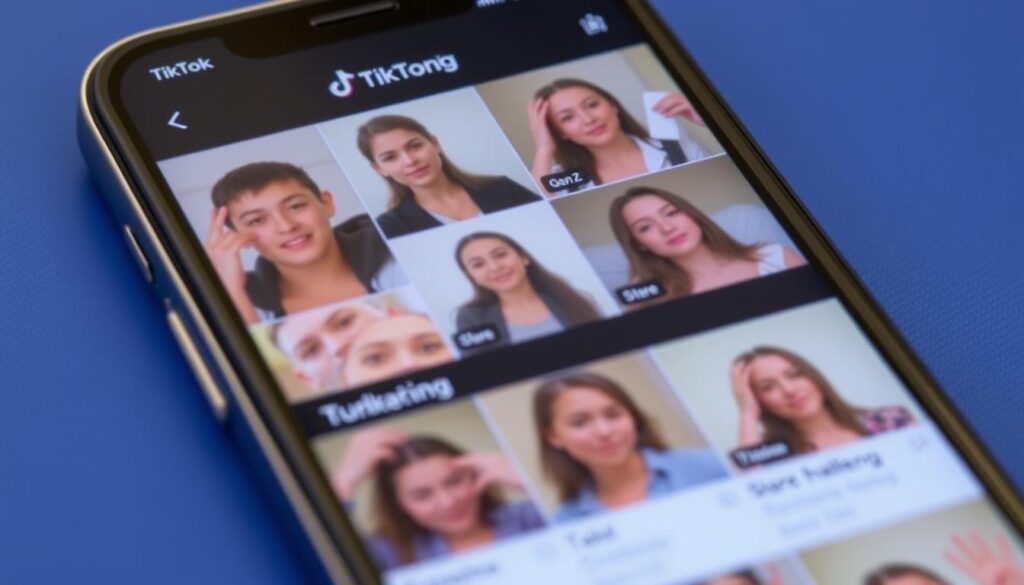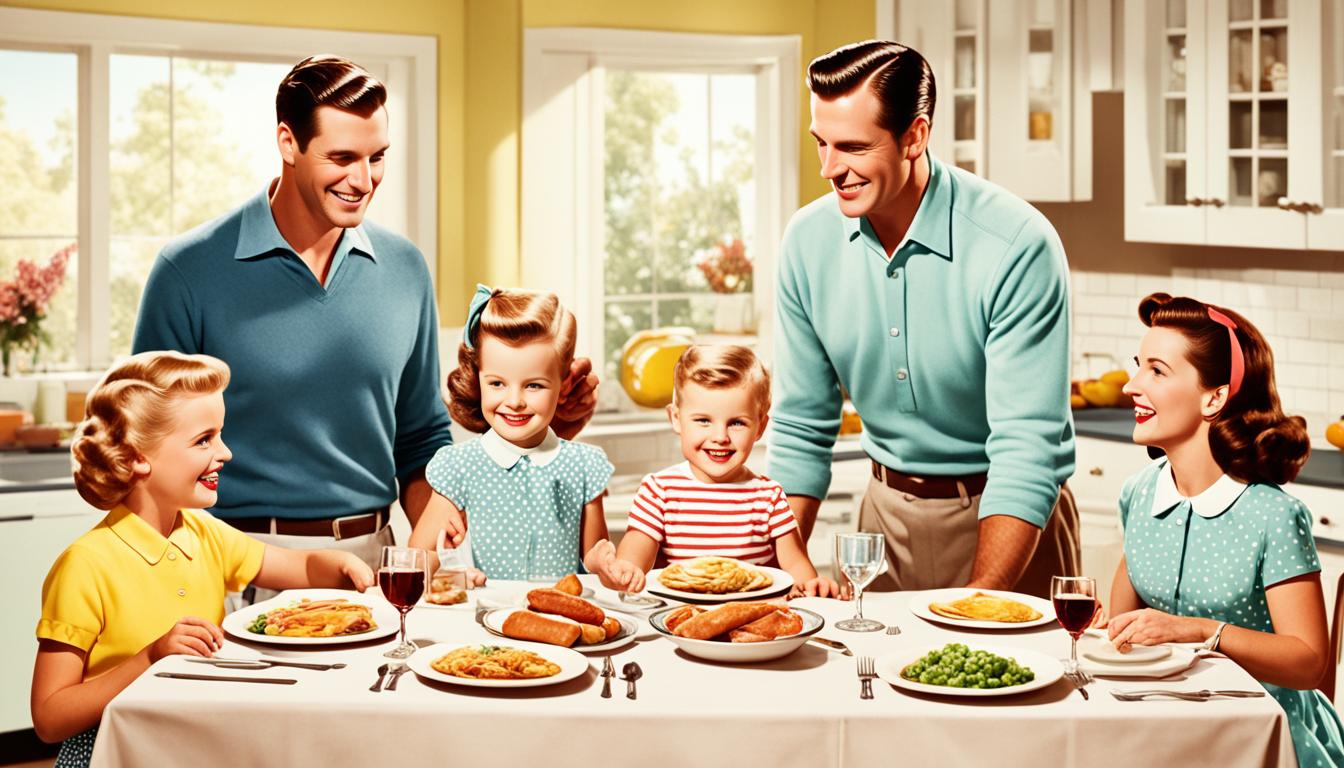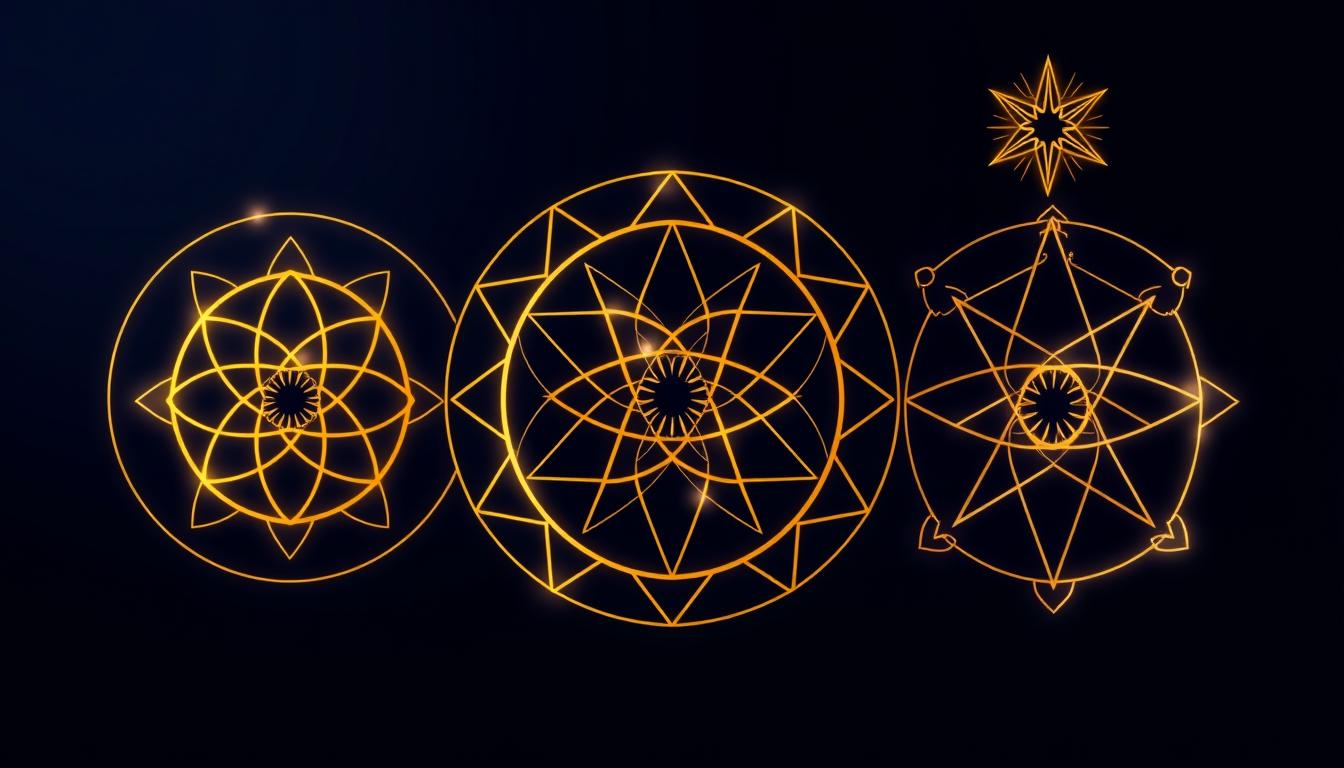
What Is The Gen Z Stare?
The Gen Z stare refers to a vacant, expressionless look that’s become associated with Generation Z (those born between 1997 and 2012). It’s characterized by a flat, unblinking gaze that appears disconnected or disengaged – particularly in social situations where a verbal or emotional response would typically be expected.
This facial expression has gone viral on platforms like TikTok, where videos documenting and parodying the stare have racked up millions of views. The hashtag #genzstare has accumulated over 300 million views, with users either demonstrating the look or sharing stories of encountering it in the wild.
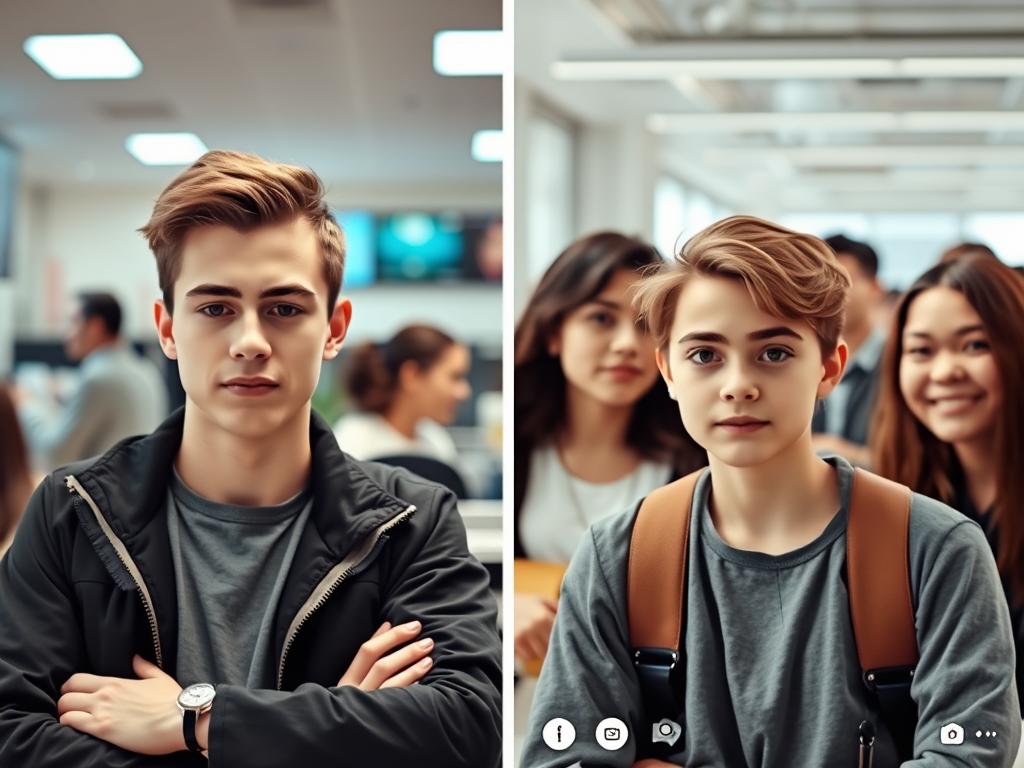
While older generations often interpret this look as rudeness, boredom, or disrespect, many Gen Zers argue it’s simply their default expression – one that reflects a different approach to social interaction shaped by growing up in a digital-first world.
Origins and Digital Context
The Gen Z stare didn’t emerge in a vacuum. According to a 2023 Pew Research study, Gen Z spends an average of 8.7 hours daily on screens – significantly more than any previous generation at the same age. This digital immersion has fundamentally shaped how they communicate and process information.
Dr. Jean Twenge, author of “Generations,” explains: “Social skills take thousands of hours to develop, and adolescence is a critical period for this development. Gen Z has spent much less time with their peers in person during that critical stage.”
The COVID-19 pandemic further amplified this trend. A 2022 study found that 67% of Gen Z reported that pandemic isolation significantly impacted their social skill development, with many noting increased anxiety in face-to-face interactions.
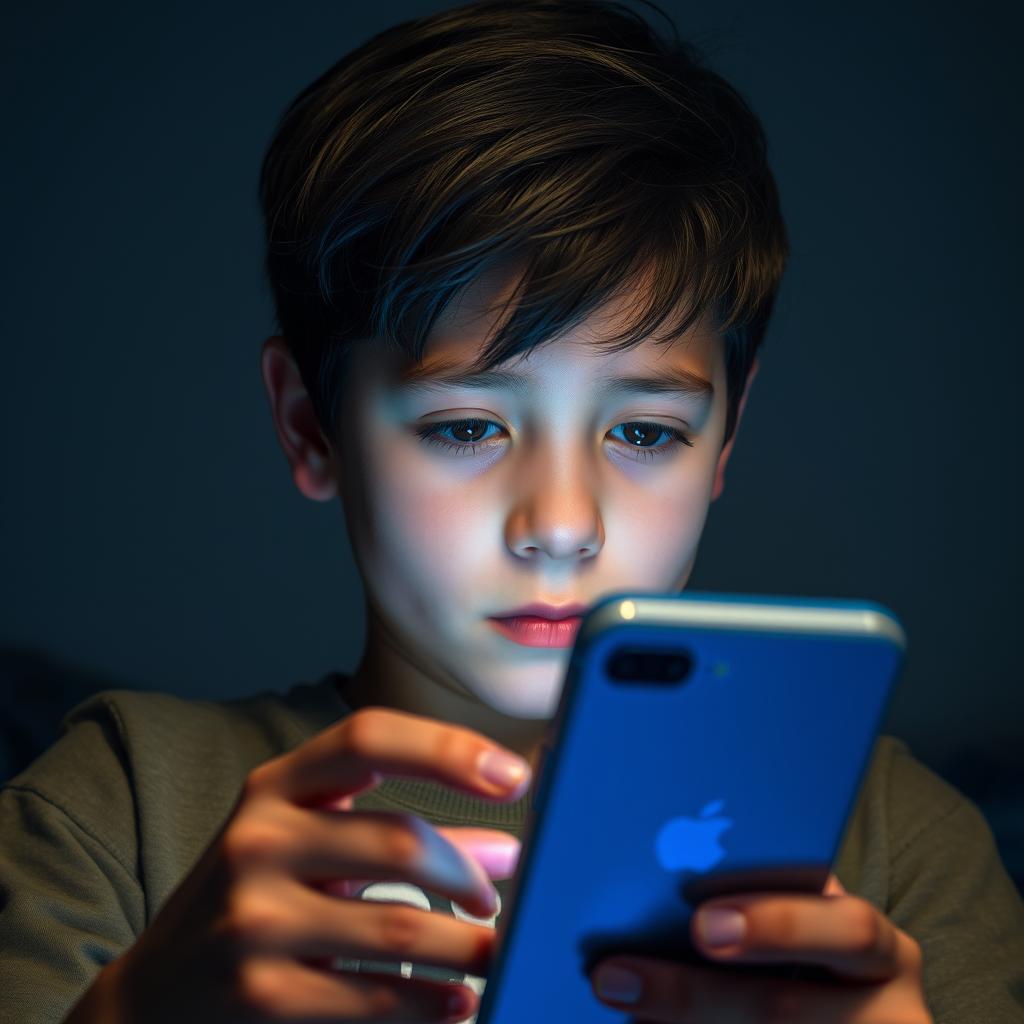
The stare also reflects a generation that values authenticity over performative pleasantries. Many Gen Zers reject the idea that they should fake enthusiasm or engage in small talk they find meaningless – a stark contrast to workplace norms established by previous generations.
Generational Communication Patterns: A Comparison
The Gen Z stare isn’t the first generational communication quirk to cause friction. Each generation has developed distinct nonverbal patterns that reflect their cultural context.
| Generation | Characteristic Expression | Communication Context | Cultural Significance |
| Baby Boomers | Direct eye contact, firm handshake | Face-to-face, formal business settings | Values authority, respect, and traditional etiquette |
| Generation X | The eye roll, skeptical expression | Rebellion against formality, early digital transition | Represents cynicism and questioning of established norms |
| Millennials | The “Millennial Pause” (hesitation before speaking on camera) | Early social media, transition to digital communication | Reflects self-awareness and concern for digital perception |
| Generation Z | The blank, expressionless stare | Digital-native, post-pandemic social landscape | Represents authenticity over performative interaction |
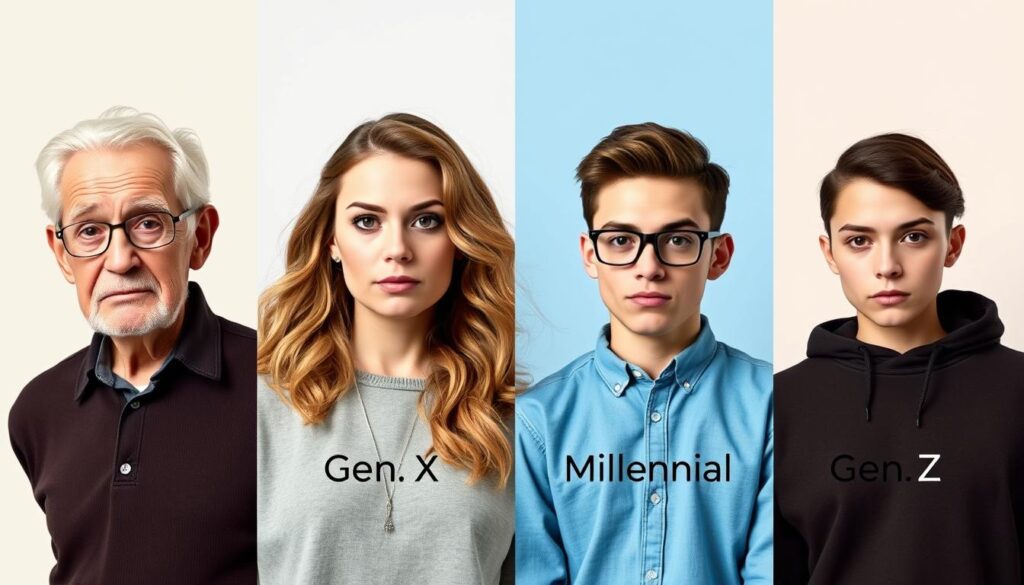
Dr. Michael Harris, communication researcher at Stanford University, notes: “What’s fascinating about the Gen Z stare is how it inverts traditional power dynamics. Previous generations used expressions to signal engagement. Gen Z uses expressionlessness to signal boundaries and authenticity.”
What The Experts Say
“The Gen Z stare is more than just a viral trend—it’s a reflection of how digital communication has rewired social expectations. When you grow up with text-based interaction as your primary mode of communication, facial expressions become less automatic and more deliberate.”
Body language expert Mark Bowden sees the stare as a protective mechanism: “In many ways, the blank expression serves as emotional armor. It’s a way of saying ‘I’m not going to perform emotions for you’ in a world where authenticity is prized above social niceties.”
This perspective is supported by a 2023 survey that found 72% of Gen Z respondents believe “being real” is more important than “being polite” in social interactions—a significant departure from previous generations’ values.
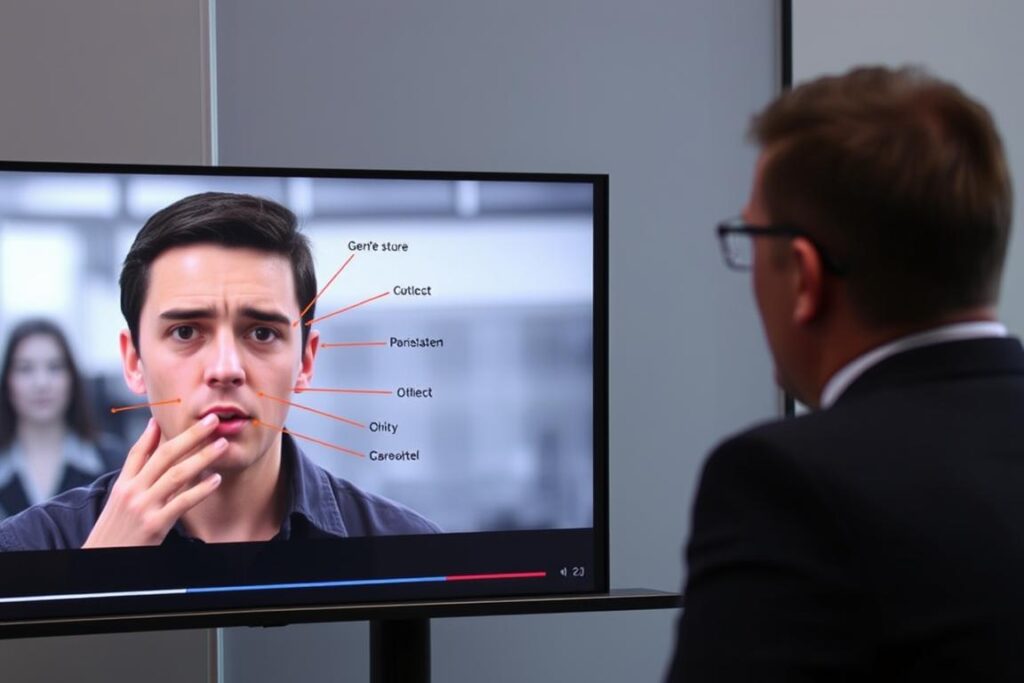
Workplace psychologist Dr. Joe Galvin from Vistage suggests employers need to adjust their interpretations: “What a Boomer or Gen X manager may perceive as checked-out might actually be Gen Z’s version of active listening. The unblinking look can often be misinterpreted as disengagement when it’s simply a different mode of processing information.”
Digital Identity and Irony: The Deeper Meaning
Beyond just a communication quirk, the Gen Z stare represents something more profound about how this generation forms identity and processes the world around them.
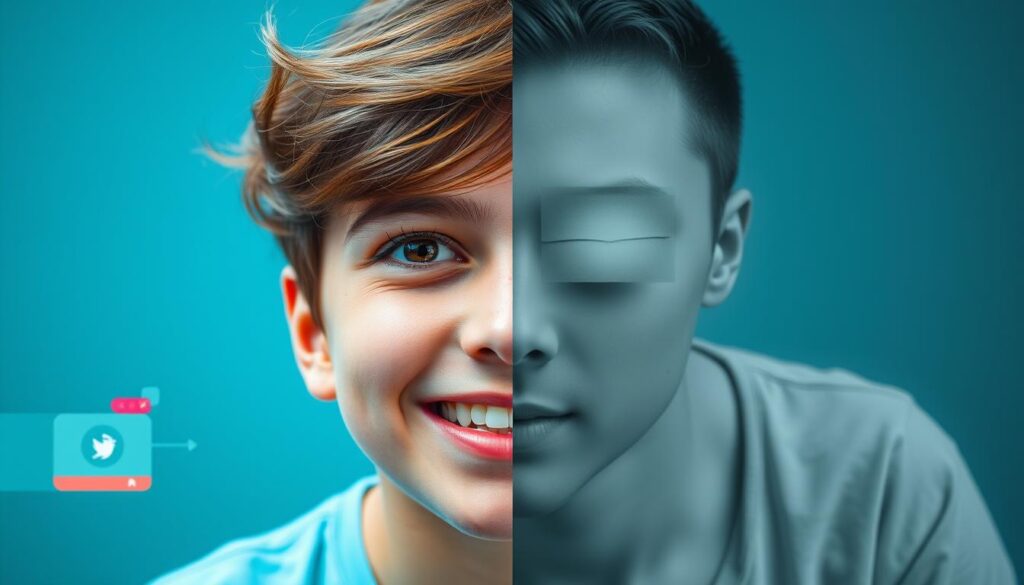
According to a 2023 GlobalWebIndex study, 83% of Gen Z regularly uses irony and deadpan humor as coping mechanisms for navigating an increasingly chaotic world. The blank stare fits perfectly into this framework—it’s both a genuine response and a performance of disaffection.
TikTok user @efe.ahworegba captured this duality in her viral explanation: “The Gen Z stare is basically us saying the customer is not always right.” This statement received over 500,000 likes, suggesting it resonated with how many Gen Zers view their relationship with traditional social expectations.
The stare also reflects a generation that grew up with unprecedented access to global tragedies, economic uncertainty, and climate anxiety. A 2024 study found that 64% of Gen Z reports experiencing “emotional numbness” as a coping mechanism for information overload—a phenomenon that may physically manifest as the characteristic blank expression.
Workplace Implications and Adaptations
For employers and colleagues from different generations, the Gen Z stare presents both challenges and opportunities for workplace communication.

Sujay Saha, president of Cortico-X, advises: “Instead of saying the Gen Z workforce lacks direction or is difficult to work with, reframe the conversation to understand how their unique context can help push firms in a newer direction.”
This might include creating collaborative working models where Gen Z employees can co-create and feel ownership, building agile iterative work processes, and leveraging their social media fluency for marketing initiatives.
How should managers respond to the Gen Z stare?
Experts recommend focusing on the content of communication rather than the delivery. Ask clarifying questions, provide clear expectations, and avoid making assumptions about engagement based solely on facial expressions. Create multiple channels for feedback, as many Gen Z employees may be more comfortable expressing themselves in writing than through traditional verbal cues.
Is the Gen Z stare a sign of disrespect?
Not necessarily. What appears as disengagement may actually be a different mode of processing information or a reflection of communication styles shaped by digital interaction. Rather than interpreting the stare as rudeness, consider it a cultural difference that requires mutual adaptation and understanding.
Beyond The Stare: Understanding Digital Natives
The Gen Z stare is more than just a fleeting internet trend—it’s a window into how digital immersion is reshaping human communication. Rather than dismissing it as rudeness or disengagement, we might better understand it as an adaptation to a rapidly changing social landscape.
As Gen Z continues to enter the workforce and reshape consumer culture, their communication patterns will increasingly influence social norms. The blank stare that seems so jarring to older generations may eventually become just another accepted form of nonverbal communication in our evolving digital society.

Whether you find the Gen Z stare confusing, amusing, or frustrating, one thing is clear: it’s prompting important conversations about how we connect across generational divides in an increasingly digital world.
